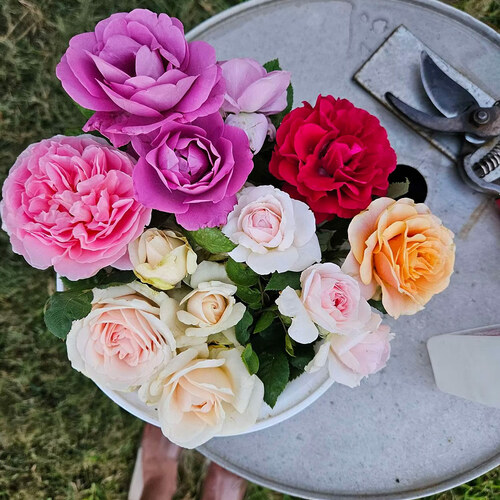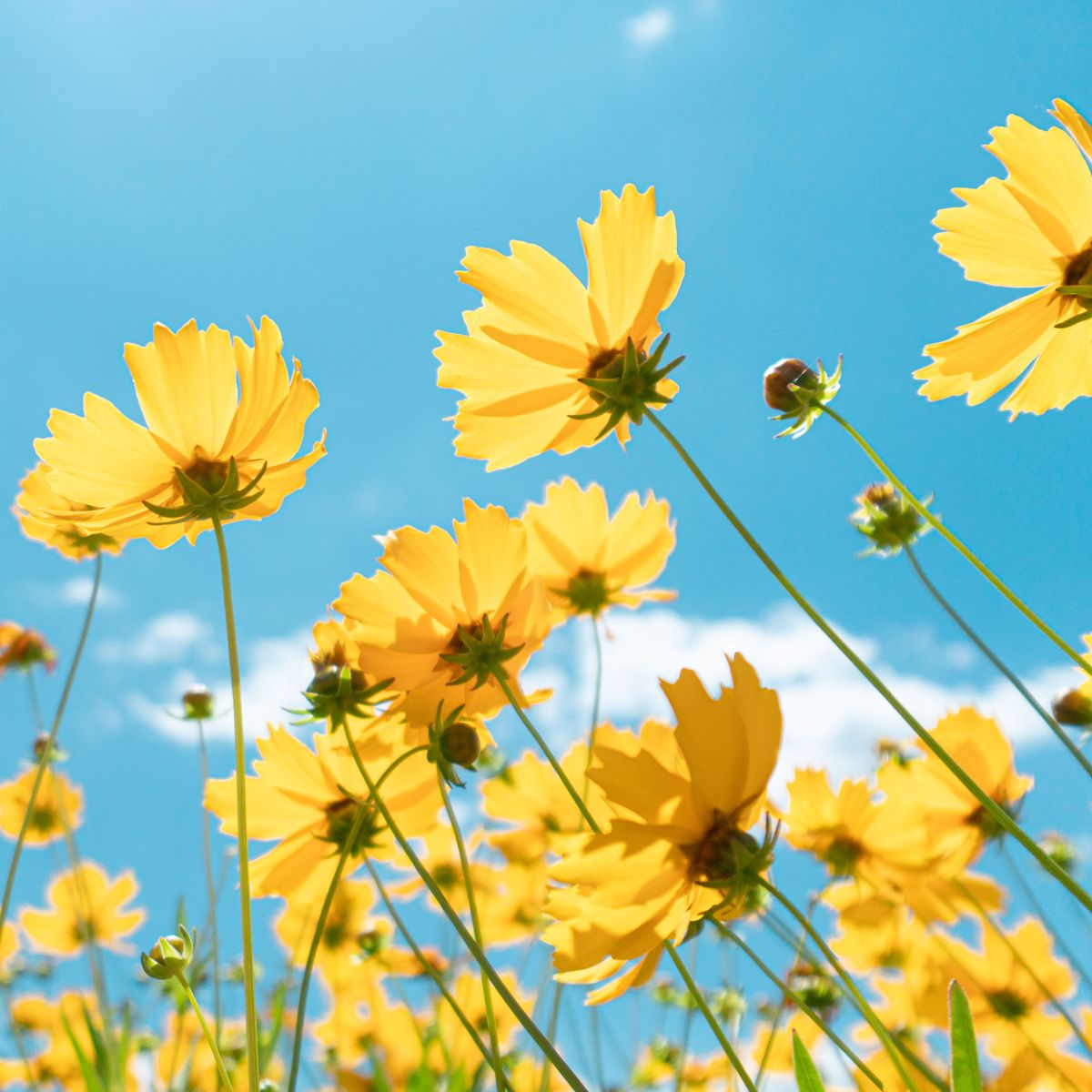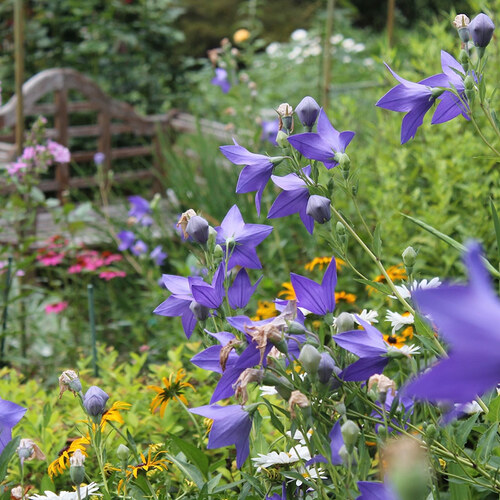
Sping was a long time coming this year. As a result, it now looks as though few Peonies will be in bloom north of the Potomac and Ohio Rivers before June. Attention is called to the May Peony Tips, many of which are also applicable to June.
Cultivate often enough to keep weeds down and the soil loose. Water in abundance is necessary for the finest bloom and proper plant development. Remove all faded blooms promptly. Do not allow the seed to mature unless you need it. Trim the plants back slightly to make them more presentable in the summer garden, but never cut them down to the ground until late fall.
Choose varieties now
Blooming time is the best time to select varieties for fall planting. Visit one or more good Peony collections. Choose the types, colors and habits you like best and buy accordingly. New varieties have been introduced by the hundreds in the past twenty years. Many improvements have been made in singles and Japs. Better colors, better habits and better bloomers have come.
Insects do little damage to Peonies as a rule. Ants visit the buds because of the honey they exude, and they sometimes carry disease.
Borers occasionally enter a stalk and cause it to collapse. Damage is usually done before we know the borer is there.
Rose bugs in infested communities do much damage to blooms. Use any remedy you may know. Thrips destroy many blooms, especially the very double late flowers.
Diseases take their toll sometimes. Prevention is the best cure Clean grounds and cultivation do more than chemicals to prevent trouble. Use occasional sprayings of Bordeaux to be on the safe side.
When leaves wilt
Watch your plants and if you see leaves wilting, don’t wait until they discolor and die, but find out the cause. It may be just lack of water. If so, supply it. A mole may have burrowed under your plant and left it suspended in his burrow. Investigate, fill the burrow, and destroy the mole, if possible. One of several root rots may have attacked your plant. Examine the root and if it shows signs of disease, dig the plant, cut out all diseased parts, disinfect the root with formaldehyde, a quarter of a cup to 3 gallons of water, leaving the root in the solution for two or three hours, and plant in fresh soil. Burn the diseased parts of the root. If the plant is very badly affected or an inexpensive one, burn it.
Leaf spot
Several kinds of leaf spot may appear, which Bordeaux will prevent. Diseased leaves should be removed and burned, if they are not too numerous, but do not cut down the leafage too much as these spots do not permanently injure the plant unless they take complete possession of it. Be sure to burn all leaves and stems in the fall. Small oval spots often come on the stems, but they are not fatal. Crowded plants and smothering with weeds are the most frequent causes of diseases of leaves and stems. These causes are easily removed.
White fungus
Often in dry weather, a white fungus-like growth will spread over the roots. This is said not to be dangerous. It was much in evidence last year. But it does affect the stems and crowns, making them look like rotted wood of a yellowish hue. Again the only remedy is good cultivation and treating infected roots if you wish with the formaldehyde or bichloride solutions.
By G. W. PEYTON












